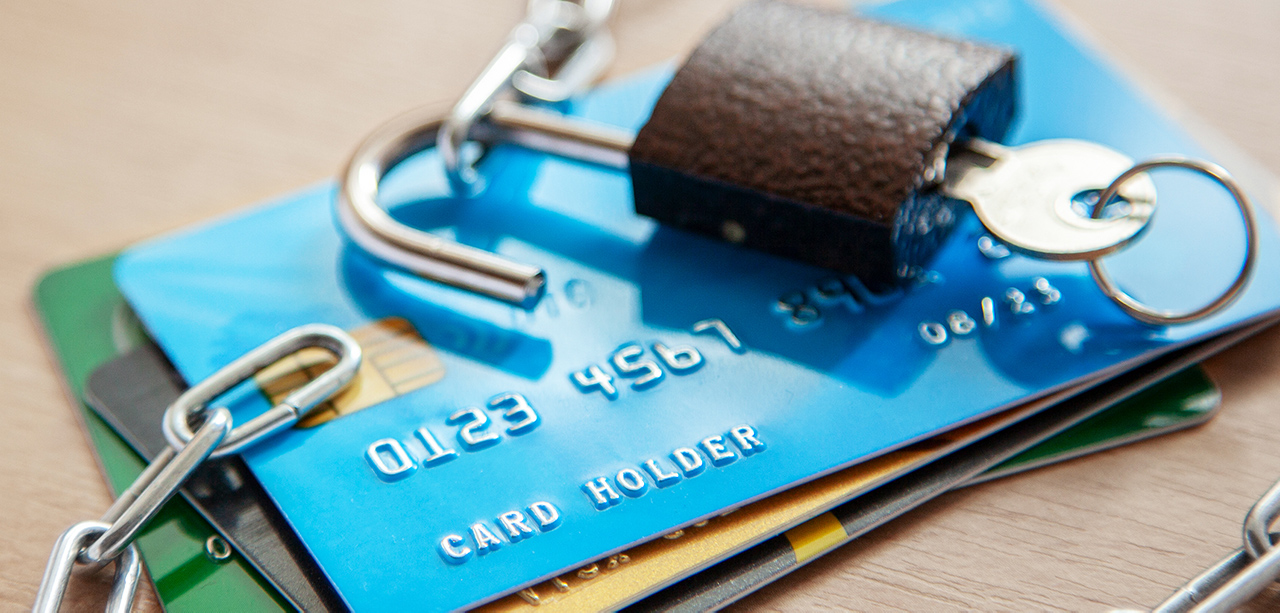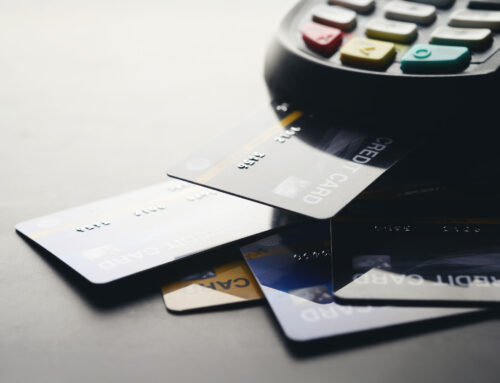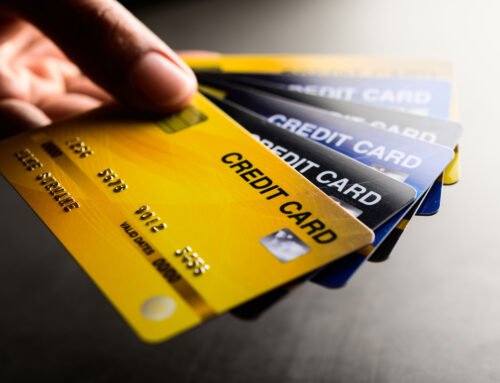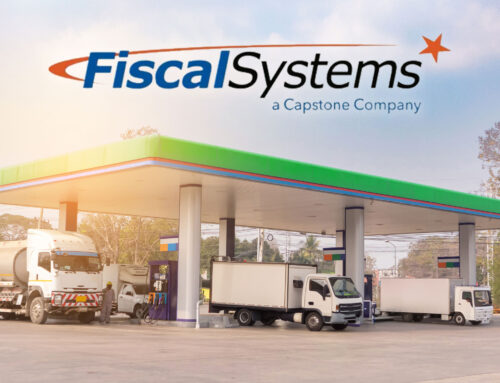UPDATE POSTED JUNE 2022: Given the increase in the price of fuel, Visa/Mastercard have increased the authorization limit reached at the pump. If you are accepting EMV payments at the pump, you can set authorization limits for Visa, MasterCard, Discover & American Express no higher than $175. If you are not currently reading EMV chip cards at the pumps, it can be set no higher than $125. If the authorization amount is set over these limits, it will not be covered by the card brands limit guarantee and you will be liable for chargebacks. The overage amount could potentially be withheld.
ORIGINAL POSTED JUNE 2020:
Truck drivers filling up at your truck stop may be unhappy with the limits set on credit and debit purchases at the pump.
Authorization limited reached at the gas pump? When a trucker wants to purchase $300-$400 worth of fuel, they may have to re-swipe their card each time it hits the limit of $100. Or, the driver can go in the station and pay for the transaction using inside payment terminals that don’t have a limit. Of course, drivers don’t want to take the time to go into the store to pay.
The credit card companies recommend that fuel stations set their authorization limits to the liability limit for the card brand. That way, the merchant is protected from any chargebacks. The merchant determines the amount of the authorization hold, but the customer’s bank determines how long the hold stays on the card.
For Visa, MasterCard and Discover, merchants are liable only for the amount of bad purchases over $100. (Within certain categories of fraud, such as stolen credit cards, the entire chargeback falls back on the merchant). American Express determines its limits based on contractual relationships with the merchants.
These authorization limits apply to fuel purchases because they are a unique type of transaction. The purchase is authorized when the user puts the card in the pump, but the final amount isn’t known until the fuel stops flowing.
However, EMV Compliance will be available in April 2021 and will greatly reduce the merchant’s liability for chargebacks at the pump.
WHY DO YOU SEE A HOLD ON YOUR CREDIT CARD STATEMENT?
The card issuer places a hold on the customer’s funds, either a credit card, debit or pre-paid card balance, usually for the full liability limit amount. The hold ensures the customer has sufficient funds to complete the transaction. That’s the difference between at-the-pump and in-store purchases. In the store, if a driver doesn’t have adequate funds on a credit or debit card, they can put a bag of chips and a bottle of soda back on the shelf. But once the gas is pumped, it’s sold.
The hold funds are a risk to the user because it can restrict the use of funds in their account and cause them to be overdrawn or exceed their credit limit until the bank lifts the hold. Hold charges are also common at restaurants, hotels and car rental companies.
The authorization limits are a compromise between liability for the merchant and the average consumer gas purchase. Most car drivers will never run into the limit. Only truckers and RV drivers have to deal with it regularly, except when gas prices rise. Then owners of Hummers and other big pickups and SUVs may bump up against the limits.
Credit card rules now state that holds must be lifted within three days, and many are lifted almost immediately. Debit cards processed with a PIN transaction are settled in real-time so holds are not a problem for consumers in that case.
WHY DO GAS STATIONS LIMIT CREDIT CARD PURCHASES?
A truck stop operator may be tempted to raise the limits to reduce complaints from truckers about having to make multiple transactions to fill their tanks. Keep in mind that raising the limit will likely expose the merchant to liability for rejected transactions. In addition, banks have the ability to automatically chargeback any transaction over the liability limit.
If you have questions about accepting card payments at your fuel station, talk to the experts at FFS.






